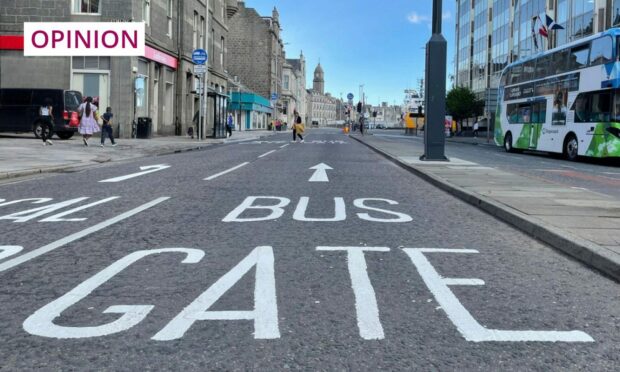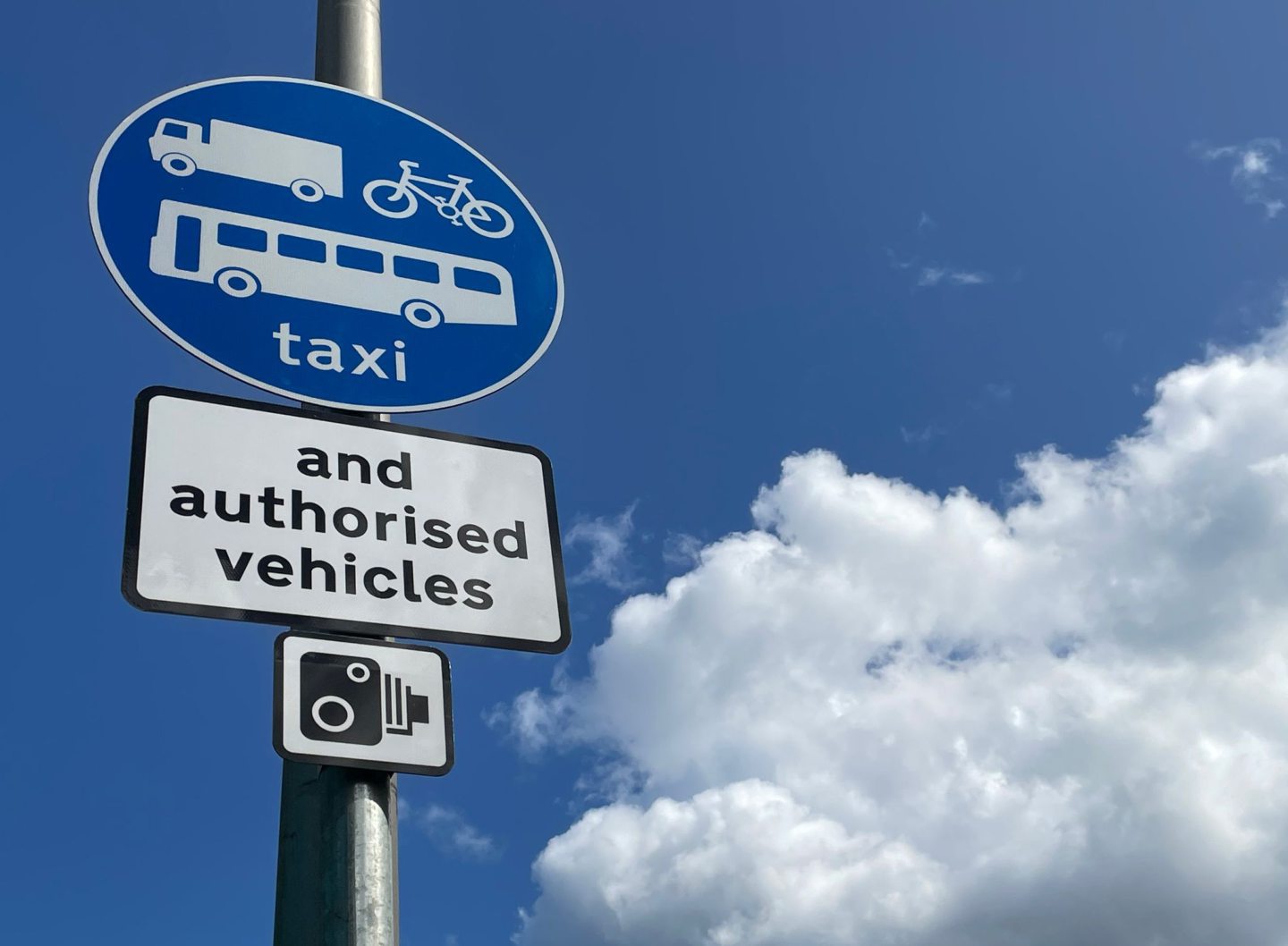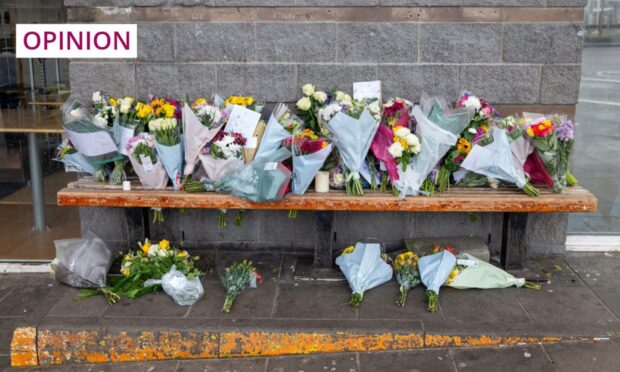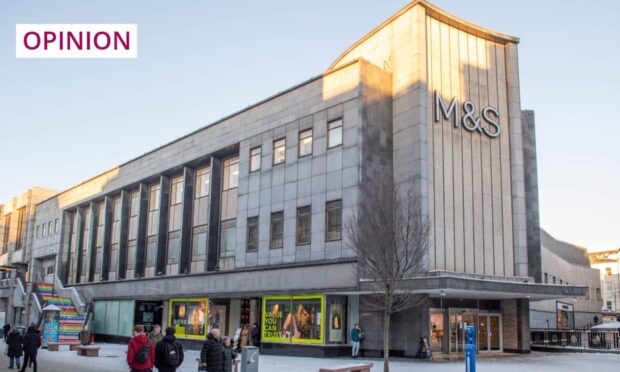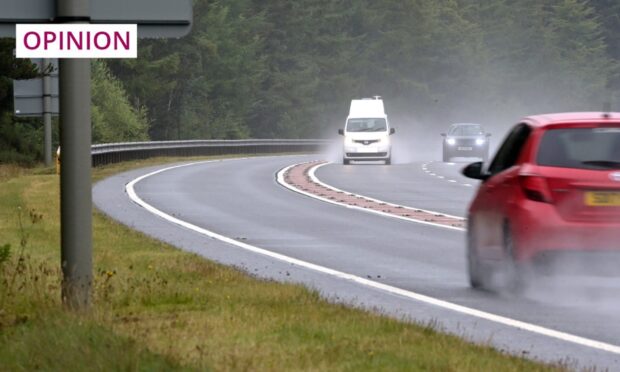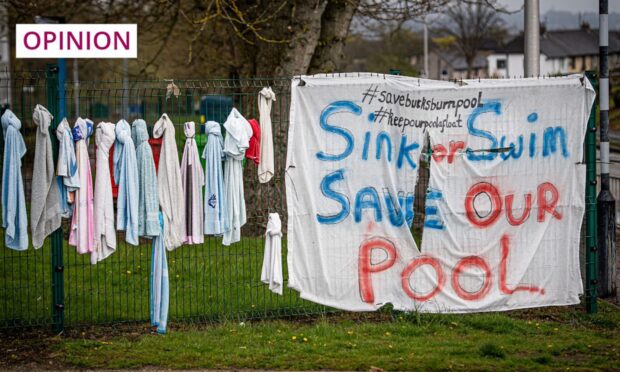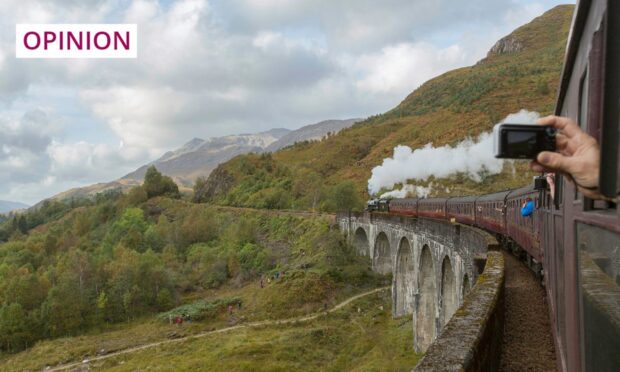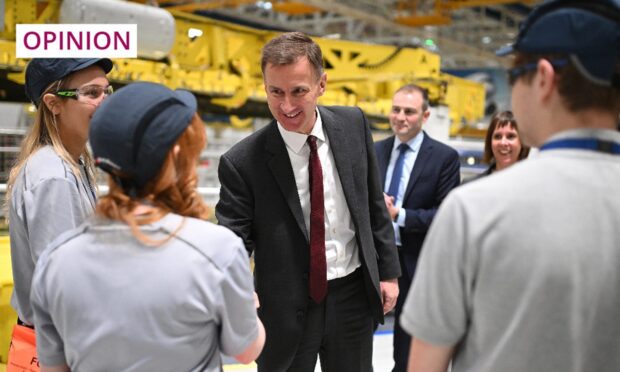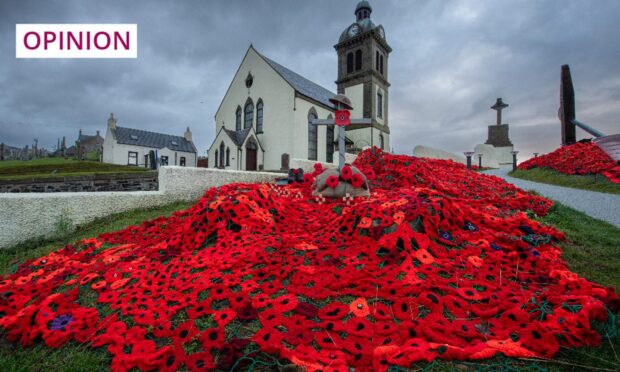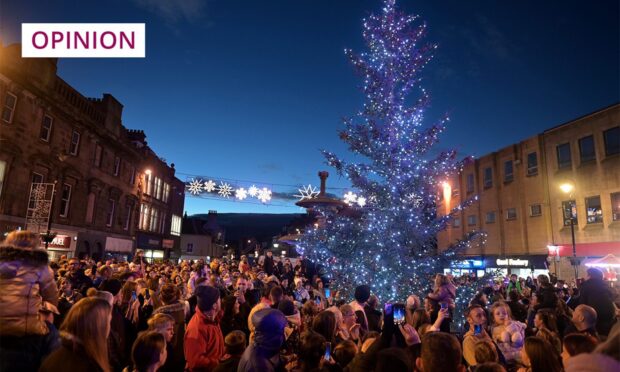Backlash against new bus gate cameras intended to cut down on the number of cars in Aberdeen city centre has been loud and fierce.
Unhappy residents explain their reasons for objecting to the move and the council stays resolute about sticking to the plan. There is potential for this debate to continue indefinitely, with arguments going round and round in circles – not unlike a motorist attempting to navigate an unfamiliar road layout while avoiding a hefty fine.
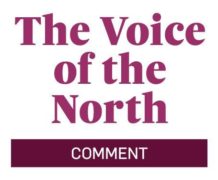 You may chuckle, but the handling of bus gate-gate and what it could mean for Aberdeen’s future is really no laughing matter.
You may chuckle, but the handling of bus gate-gate and what it could mean for Aberdeen’s future is really no laughing matter.
There is no question that underfunded local councils have a tough job to do; making unpopular decisions councillors believe to be for the greater good comes with the territory, and it is impossible to please every constituent.
From Aberdeen City Council’s point of view, the main motivation behind installing bus gates is making the centre a safer and more pleasant place for people to spend time: decreasing traffic, lowering pollution levels and making pedestrians and cyclists the priority. Reducing emissions also helps the fight against climate change, something governments at all levels should be taking into consideration.
Members of the public have raised concerns about access for those with disabilities and elderly people, particularly given that blue badge holders will not be made exempt from bus gate fines.
Better, open communication would have saved a great deal of anguish
Planning chief David Dunne has argued that the bus gate system was designed with these groups in mind: car parks can still be reached, and taxis can drive past the cameras with no penalty.
But Mr Dunne’s frustration, not to mention a great deal of public anxiety and anguish, perhaps could have been avoided if the council had pre-empted the inevitable questions about access for those with mobility issues. Indeed, proposed plans to permanently pedestrianise the middle section of Aberdeen’s Union Street were abandoned due to similar reactions.
As council Conservative group leader Ryan Houghton said, the ball has quite clearly been dropped when it comes to effective communication. Shops and restaurants in Aberdeen have their own questions about vehicle access, much like businesses in Inverness, where the Academy Street city centre regeneration scheme has the potential to jeopardise their future success, as well as the prosperity of the high street as a whole.
You would struggle to find a resident of any city or town in north and north-east who would argue against improving the place they live, but real change can only be achieved when people and government work together. For that, there needs to be proper consultation, consideration and transparency.
The Voice of the North is The Press & Journal’s editorial stance on what we think are the most important issues of the week
